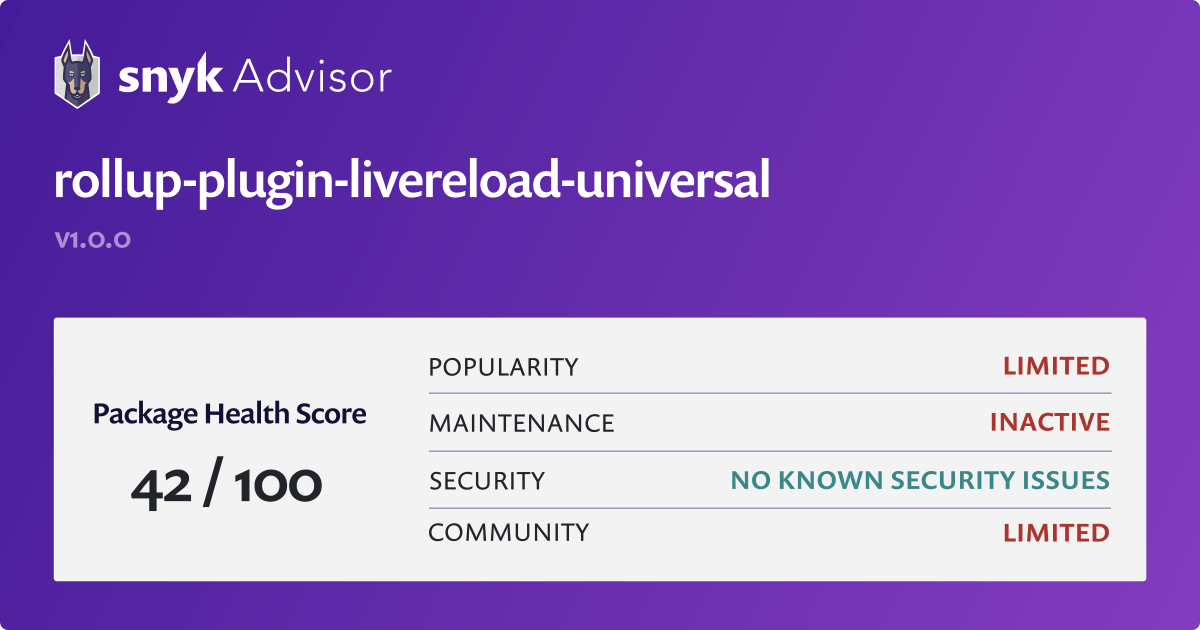

For Android, it is possible to configure adb to always forward ports while the adb server is running (see adb reverse).

Most pending UI only cares about transition.state, but the transition can tell you even more information on transition.type. You can separate the dev server process and the deploy process by using ionic serve and the -livereload-url option of ionic cordova run or ionic capacitor run.

Middleware by convention has methods that make it easier to configure and hook up middleware components. Watch the 📼 Remix Singles: Pending UI, Clearing Inputs After Form Submissions, and Optimistic UI The final bit is to hook up the middleware to the Web application. global-styles.css" Įxport const links : LinksFunction = () => )
#LIVERELOAD REACT CODE#
The iOS Simulator should now load your compiled app, and the tsc command will recompile your code whenever you make changes. "buildAndStartIos": "yarn run build & yarn run watchAndRunIos", "watchAndRunIos": "concurrently \"yarn run watch\" \"yarn run ios\"", You need to use a slightly different set of scripts to get live reloading working. With react-scripts, use HOST0.0.0.0 npm run start. I recently ejected from Expo so I now have a pure React Native app. Use Live Reload to easily debug the web and native portions of an app on a device or simulator. Live reloads when running a pure React Native app on iOS The Expo client will be watching your TypeScript output folder for changes and will automatically reload the app. This compiler option will watch input files and trigger recompiliation on changes Yarn will pass the -w flag from yarn run build -w through to yarn run tsc and then eventually to the actual tsc command.Here we’re simultaneously recompiling TypeScript files whenever they change ( yarn run watch), and starting the app in Expo ( yarn run start) Hot Reloading feature in react native application helps to display the updated UI Content, whenever user saves anything in react native script or code. After the second save/change the app in the browser is not refreshed. concurrently - This runs the two given commands concurrently. Current Behavior Changing a file in a connected library for an application, the changes are only pushed the first time to the running app.Alternatively, open System Preferences -> Network -> (select active network) then find the IP listed under Status. The IP address is listed under en0 entry, after inet. First, determine your computer's IP address on your LAN. This tasks kicks off one initial build and then runs watchAndStart, where there are a few key components to make live reloads work: Capacitor supports CLIs with live reload capability. "buildAndStart": "yarn run build & yarn run watchAndStart"Īll of the magic happens when you run: yarn buildAndStart "watchAndStart": "concurrently \"yarn run watch\" \"yarn run start\"", "build": "yarn run clean & yarn run tsc", … and adding a few scripts in package.json. Hard to believe it took installing/uninstalling several extensions to get to this PERFECTLY working extension. I have since ejected to a pure React Native app (see below), but Expo made it super easy to learn the React Native toolset and get the app up and running.Īs the guide shows, you add TypeScript support by installing these dependencies: yarn add concurrently rimraf -D I initially set up my app by following this excellent guide to compile my TypeScript code and run it in the Expo client. On iOS, select Enable Live Reload via the developer menu to have the application automatically reload when changes are made to the JavaScript.

Live reloads when using the Expo client app
#LIVERELOAD REACT FOR FREE#
While this comes for free when your app is written in vanilla JavaScript, there’s a little bit of configuration to achieve the same using TypeScript. One of React Native’s best features is being able to immediately preview code changes on your device after you save your JavaScript files. JHow to live-reload a React Native app written in TypeScript


 0 kommentar(er)
0 kommentar(er)
